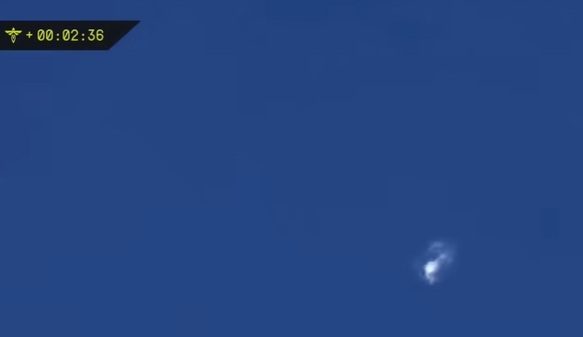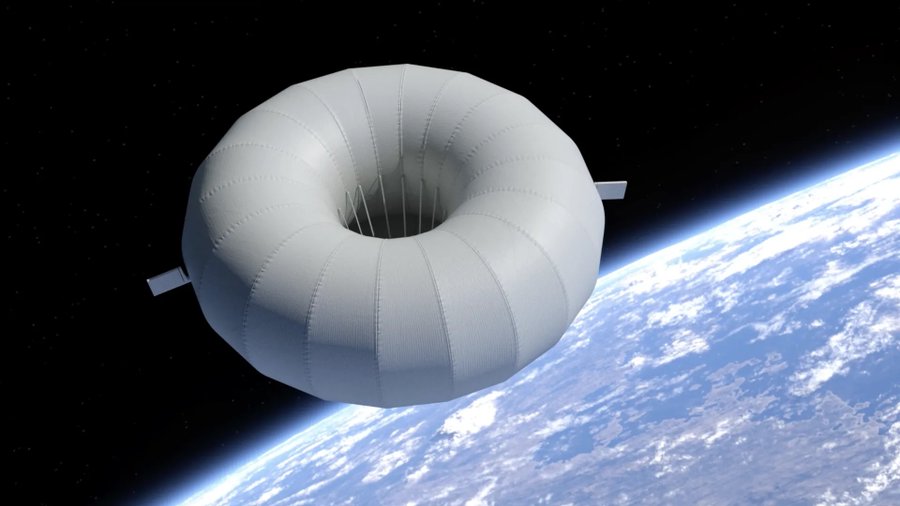An, at first sight, innocuous move by a space object has got the news media worried that a new space war is about to break out in orbit. This was after it was reported in the Financial Times that an object, 2014-028E, had been tracked moving its orbit on 28th October to rendezvous with the Breeze KM upper stage of Rockot launch vehicle that launched it. The object, which has since been dubbed Cosmos 2499, is a suspected Russian military “inspection” satellite, which was launched with three Russian military “store-forward” communications satellites in May.
Given the fragile state of international relations in the “new Cold War” after Russia’s partial annexation of Ukraine, there was even more concern that Russia kept the launch of this object secret and that a similar mystery object had been launched the previous year. It was left to Western intelligence and space analysts to work out what the objects were.
Killer sats
The concern is that these are “inspection” satellites which are being used as a technology test forerunners to a new class of “killer sats”. During the 1960s and 1970s, the then Soviet Union examined how explosive killer satellites might be used and Western suspicions are that they are working on these and other anti-satellite (ASAT) weapons again, especially given that the their potential opponents, the US armed forces and its allies. They are now so dependent on their space assets for communication, navigation, electronic and imaging reconnaissance etc. Russian officials have admitted that it is considering employing ASAT technology
Chopping up satellites in orbit
More recent civilian concepts for rendezvousing inspection and repair spacecraft has led to the conclusion that such robot-armed equipped satellites could also be used to destroy other spacecraft (by severing their solar arrays etc).
There are, of course, other ways of eliminating spacecraft. Most infamously, China used a suborbital missile to destroy one of its own weather satellites in 2007 – causing a lot of protests over the space debris cloud that was generated as a result. In response, the US Navy did a similar satellite interception test a year later using a ship-launched anti-ballistic missile, the Standard Missile SM-3, launched from the USS Lake Erie.
Firing cannons in space
Large 23mm calibre military aircraft “cannon” machine guns have even been carried into orbit before (on Soviet Salyut/Almaz space stations). However, firing guns in orbit has the downside of excessive vibration while also changing the orbit of the firing spacecraft – presumably even deorbiting its host if these guns are fired enough in the wrong direction.
Lasers in orbit
Lasers are also an oncoming military space technology. To date satellite disabling lasers have only been fired from the ground – usually in attempts to blind satellite optical sensors. Nevertheless, following on from high powered lasers and their power generation systems being tested on large aircraft (a megawatt-class chemical oxygen iodine laser mounted inside a YAL-1 Boeing 747-400F) and ships (LaWS Laser Weapon System on the bow of USS Ponce), both which have been used to shoot down airborne targets (ballistic missiles and unmanned aircraft respectfully), it is now thought possible that satellite destroying lasers could also be carried on spacecraft.
The problem of operating such lasers in space has always been the lack of a large enough power supply. Solar arrays combined with conventional batteries do not produce enough. However, advances in nuclear technology, most notably Lockheed Martin’s compact fusion reactor, now make such laser weapons a real possibility.
Star Wars here we come.







